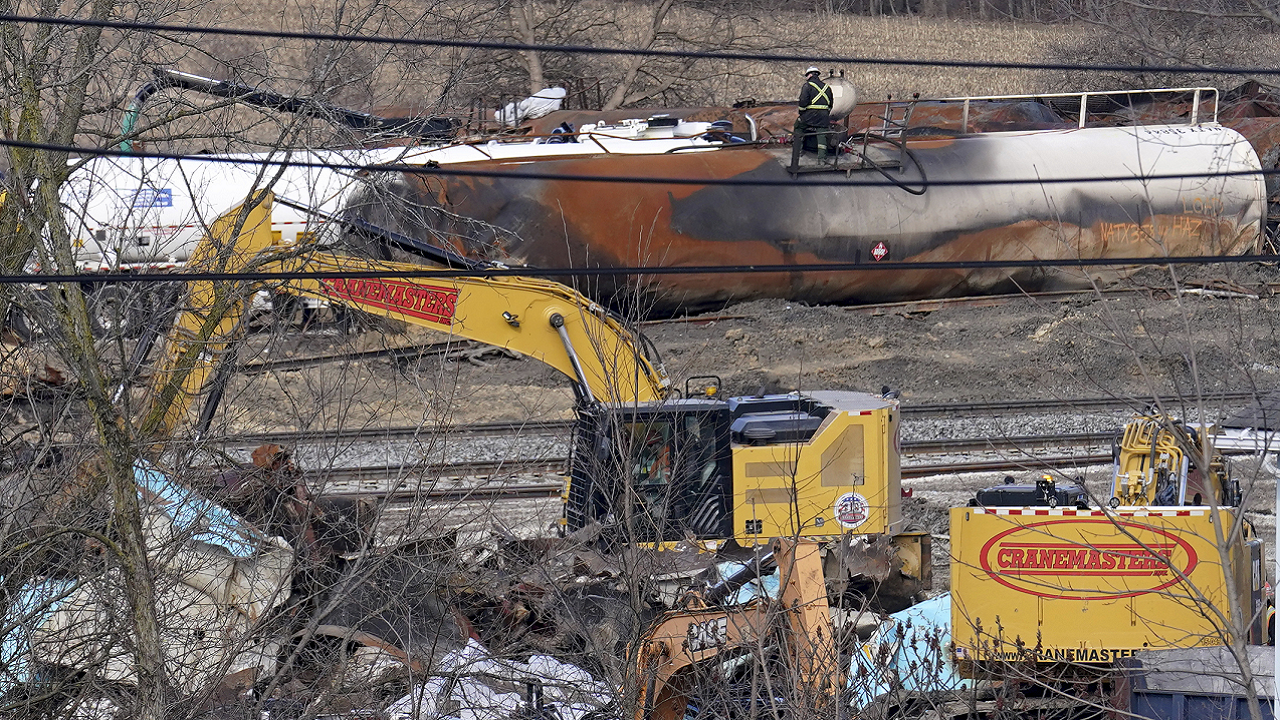LyquidMetal
Nashoba Chata
- Messages
- 11,634

Ilhan Omar Withdraws Support For East Palestine After Learning It’s In America
WASHINGTON, D.C. — Representative Ilhan Omar has canceled a planned rally to support the victims of the East Palestine chemical spill after learning East Palestine is actually in America.
WASHINGTON, D.C. — Representative Ilhan Omar has canceled a planned rally to support the victims of the East Palestine chemical spill after learning East Palestine is actually in America.
"Oh... East Palestine is just a small town in Ohio? Is that where all the white people live?" said a disappointed Omar to her brother while they were out on a Valentine's Day date. "Who cares about Ohio? Some trains did something. Who cares?"
Sources say the planned rally was going to raise funds for the thousands of people who are getting sick and dying after hostile forces burned thousands of gallons of toxic chemicals and poisoned the water for miles around. "That sounds like something the evil Zionists would do," said Omar. "I was looking forward to leading a 'Death to Israel' chant! Bummer!"
At publishing time, Omar had blamed the train derailment and ensuing ecological disaster on the Jews.

